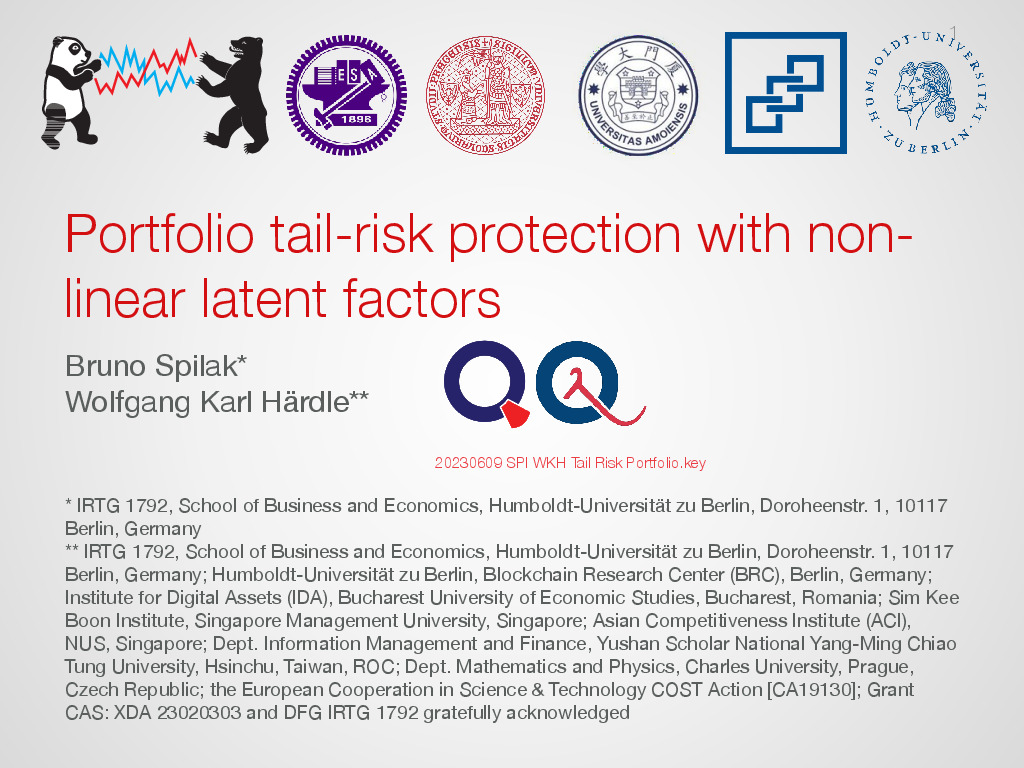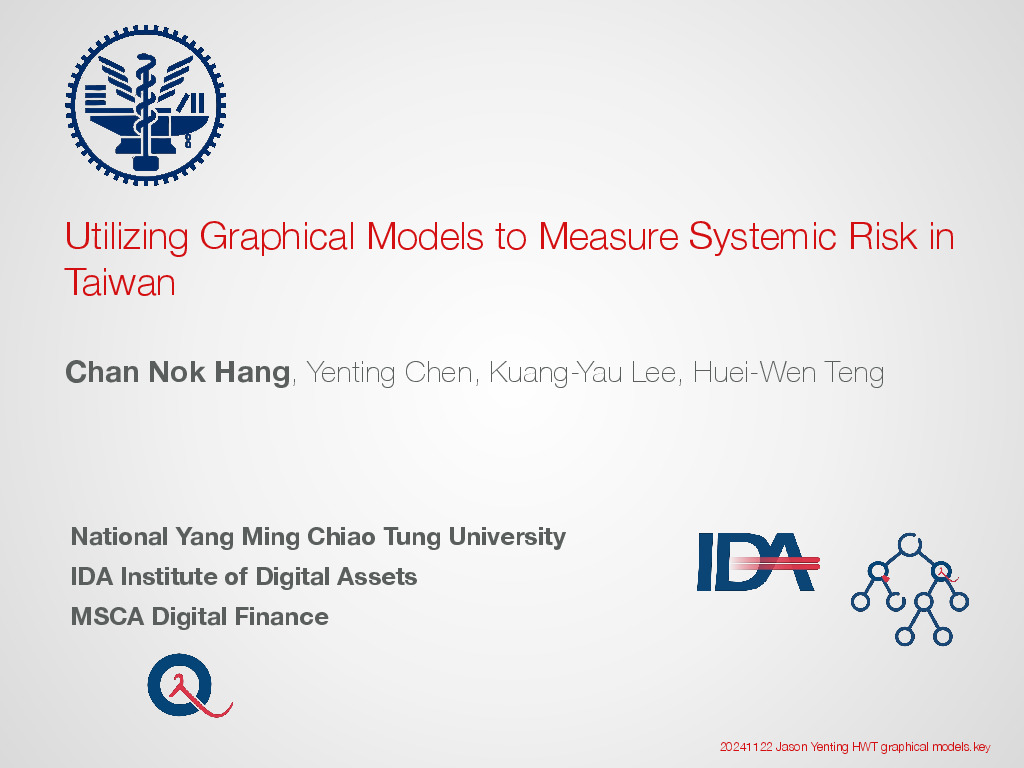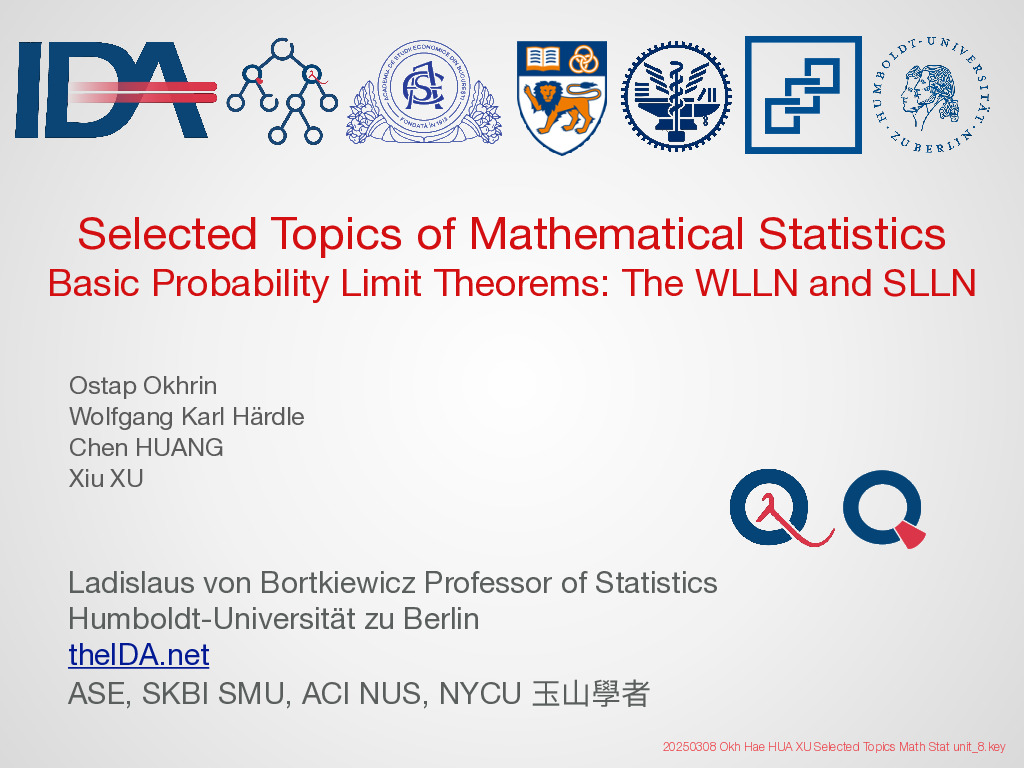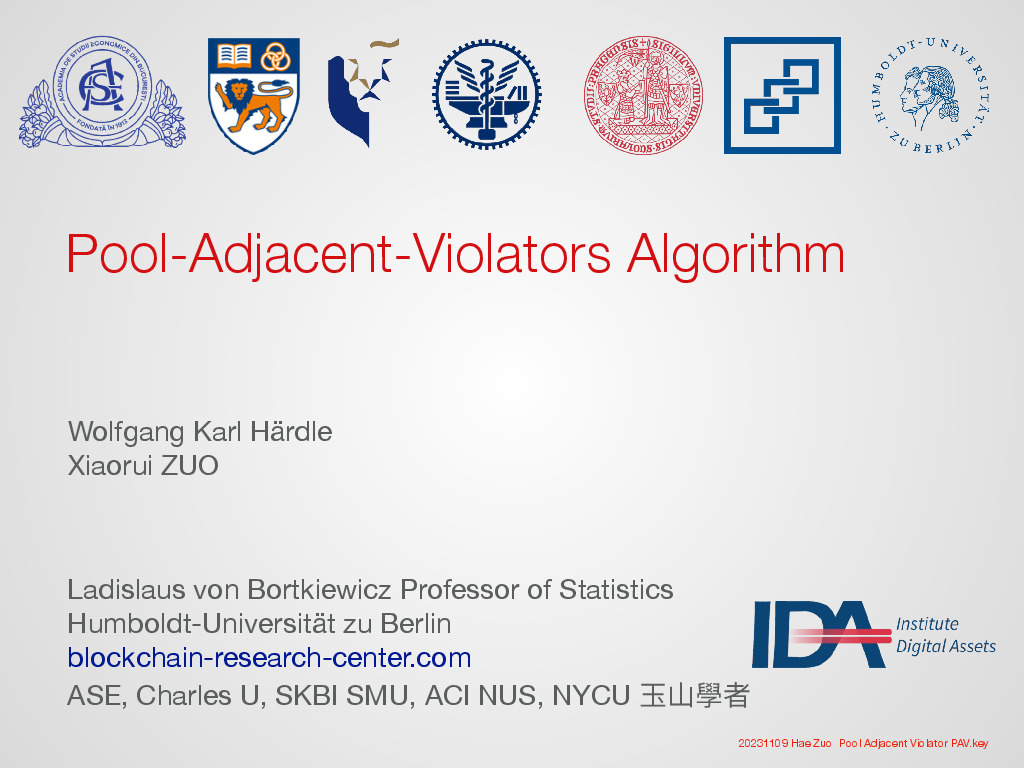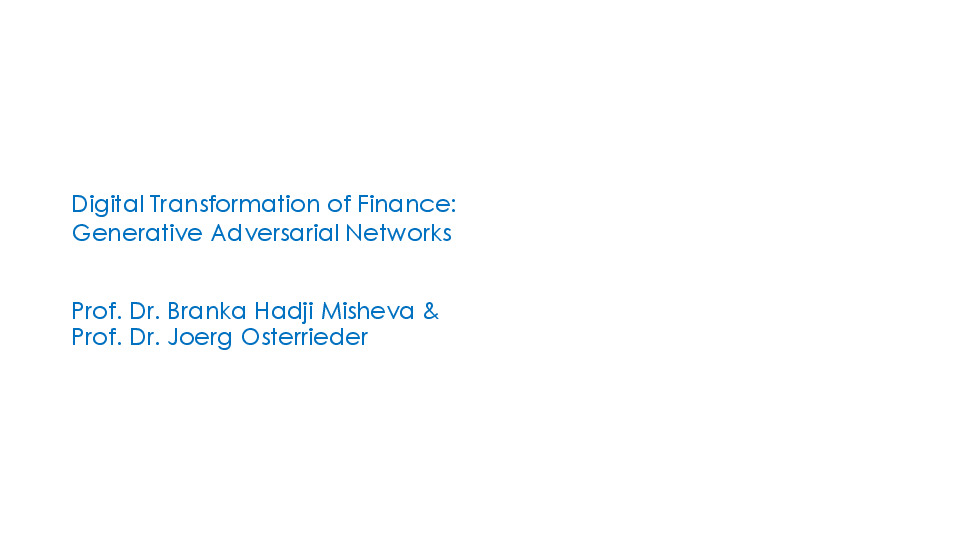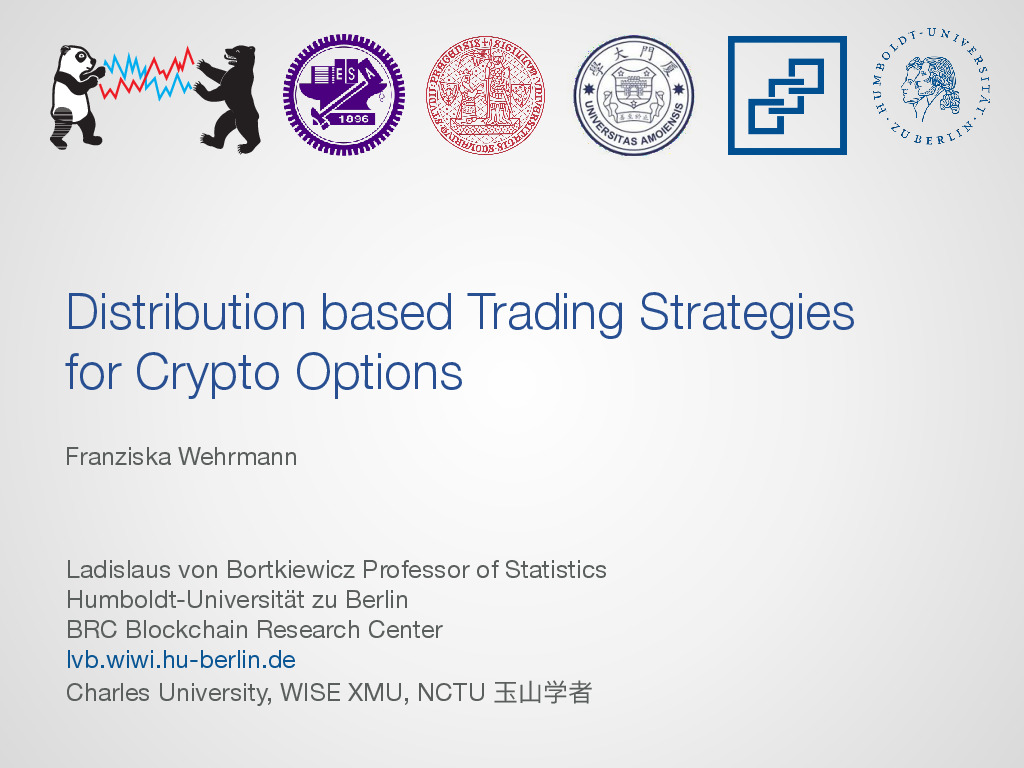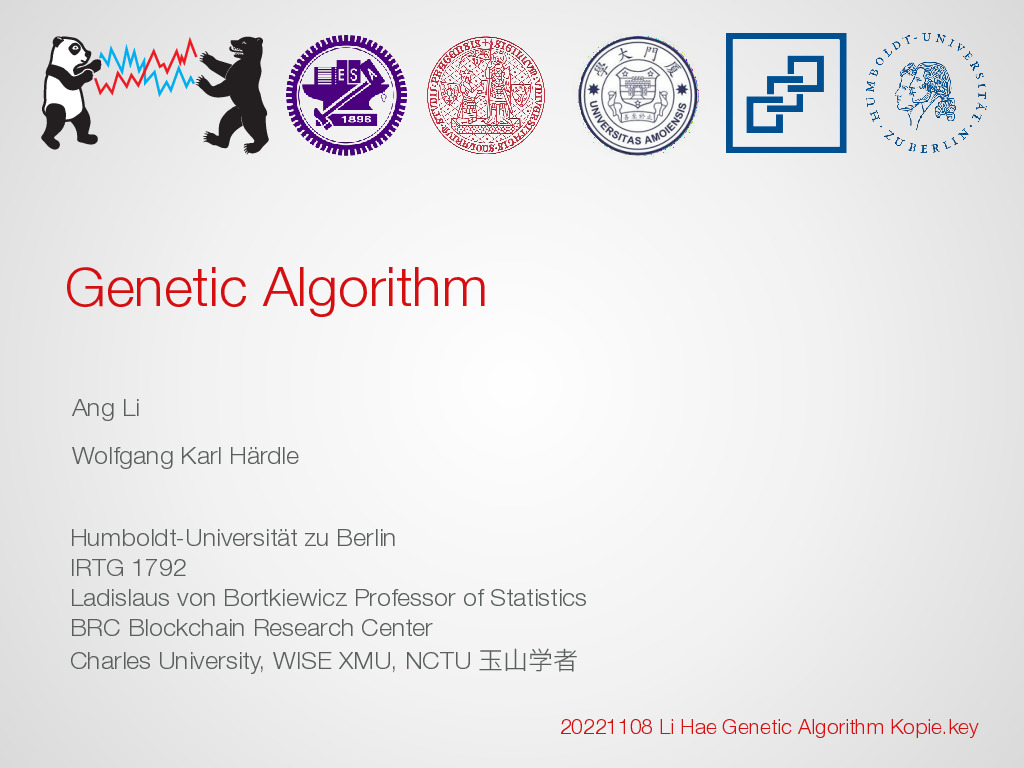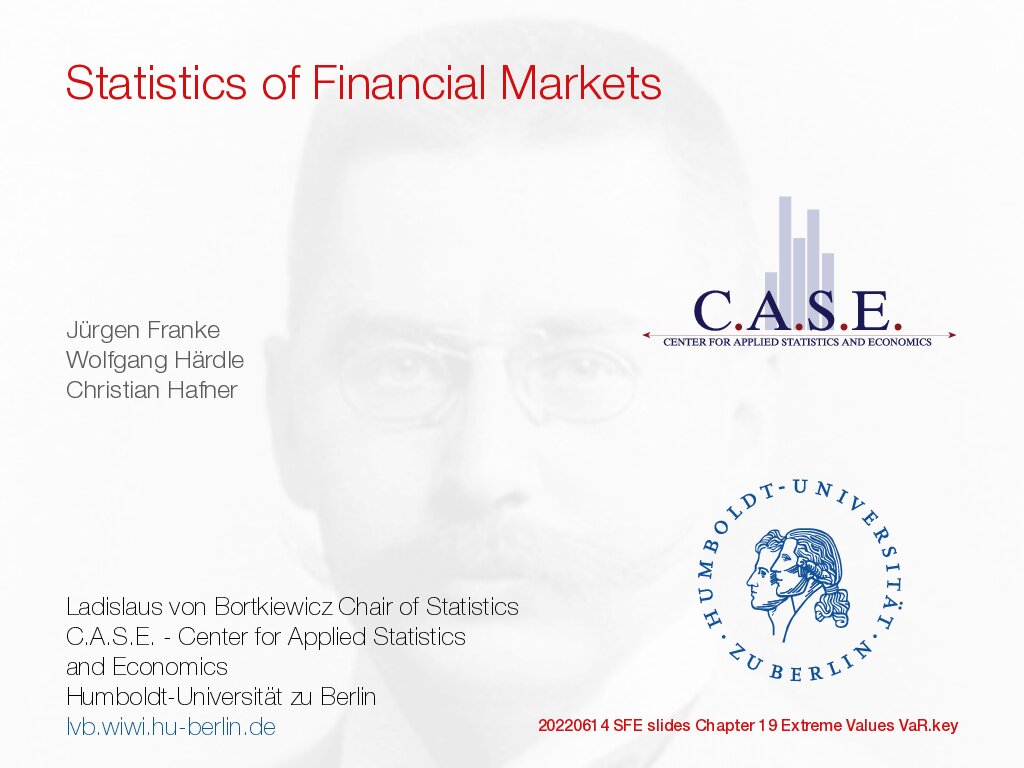Portfolio tail-risk protection with non-linear latent factors
-
- 0 Rating
- 0 Reviews
- 4 Students Enrolled
Portfolio tail-risk protection with non-linear latent factors
This is the courselet for the article "Portfolio tail-risk protection with non-linear latent factors"
-
- 0 Rating
- 0 Reviews
- 4 Students Enrolled
Courselet Content
Requirements
- Autoencoder, Portfolio allocation, Risk budget portfolio, Time series analysis
General Overview
Description
We study the NMFRB portfolio allocation method in the context of tail risk. First, we extend it to drawdown risk measures and show that the proposed portfolios compete with machine learning-based portfolios such as Hierarchical Risk Parity (HRP) and Hierarchical Equal Risk Contribution (HERC), offering potential outperformance. A dynamic tail-risk protection strategy is developed using a non-linear non-negative latent factor model with an autoencoder architecture to address unstable correlations and non-linear relationships in tail risk. We model the probability of non-activation of latent factors with the innovation of an ARMA-GARCH process. Out-of-sample tests show reduced drawdowns and statistical evidence of strategy outperformance corrected for data snooping. Despite overshooting latent tail risk, the strategy improves risk-adjusted returns and could generate substantive cumulative alpha.
Recommended for you
Meet the instructors !
Bruno Spilak is currently a research associate and PhD student at Humboldt University of Berlin with International Research Training Group IRTG1792 “High dimensional non stationary time series analysis”.
Along with a double masters degree in Statistics from Humboldt-Universität and ENSAI (a french Engineer Grande École), he has a rich background in research, scientific presentations and teaching.
Since 2018, he has co-taught graduate level courses related to smart data analysis, machine learning and mathematical statistics at his current institute and completed various research projects related to statistics, econometrics, machine learning and finance.
In parallel, Bruno has worked in multiple startups in Berlin as a Machine Learning scientist and co-built automated KYC products with deep computer vision tools.
Presently, he is working on the methodology to construct portfolios with non-parametric statistics tools such as neural networks.




